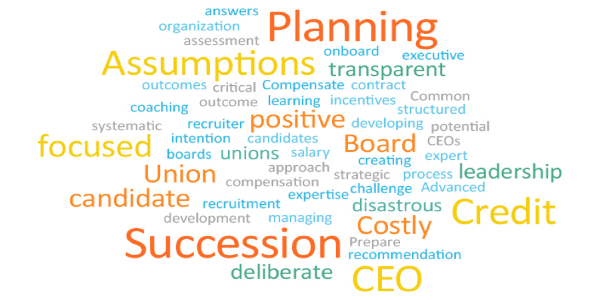
Regain the Sense of Wonder in the Boardroom.

What is your energy level at the end of a board meeting? What are the unspoken comments inside your head as the meeting adjourns? Are they “Glad this is done and what’s for dinner?” Or “Time flew in this meeting – the dialogue was rich?”
More boards are reshaping their agendas, board packets, and style of board conversation. They are doing this to move toward being a high-performing board with strategic readiness.
Board agendas need to cover three main governance functions:
- Setting the organization’s direction
- Ensuring necessary resources are allocated
- Conducting oversight
Sounds pretty basic, right? Let’s take it a deeper level with examples.
- Setting the organization’s direction: This means approving the strategic plan, which is more than an episodic event every fall. Every month, an agenda topic needs to be a dive into questions like how are we fulfilling on our strategic plan? Are we on target? Has the target shifted? What is up for our future that needs our attention now?
- Understanding and ensuring how resources are allocated: This means receiving regular reports from the CEO on how resources are being allocated to fulfill on the direct set by the board and appropriately challenging and supporting.
- Conducting oversight: Oversight requires expertise, deliberate dialogue, communication of expectations of financial strength, risk management, reputation and regulatory challenges, and evaluation of the board and the CEO. Do we have the financial strength to weather another economic setback? How is the CEO capable of leading the organization into the future, what support does he or she need, and what is the quality of our Board-CEO relationship? What do we, as a board, need to improve in our leadership?
Earlier I mentioned a culture of inquiry, which I believe is a best practice for all high-performing teams and boards. A culture of inquiry encourages curiosity, maximizes engagement in gathering relevant information, and increases knowledge across the room. Equal access is provided in real time to all participants in order to provide a level setting for a rich and deliberate boardroom dialogue.
Two other attributes of a culture of inquiry are active feedback mechanisms and an individual and collective commitment to success. A systematic process to help the board behave as a high performing board is necessary for a commitment to continuous improvement. The feedback mechanism is ideally at the end of every meeting (how did we perform as a board?) and through consistent feedback by the chair to each board member. An agreed-upon commitment for each board member and the board as a whole must be present in each conversation and meeting.
A litmus test to determine if your board has a culture of inquiry is for each board member to agree that:
- Each board member shows up to the meetings ready to actively discuss the board packet.
- Each board member demonstrates an active openness to question complex, controversial, or ambiguous matters.
- Each board member actively evaluates issues, challenges, and opportunities from all sides before a decision is made.
- Each board member proactively participates in decision-making.
- Each board member has mastered the skill of listening, appropriately analyzing issues, and professionally responding as part of our board dynamic.
- Each board member behaves in the best interest of the organization.
- Each board member actively demonstrates continuous learning by reading, attending webinars/webcasts, and participating in ongoing board certification programs.
- Each board member asks difficult questions.
- Our board, as a whole, does not accept easy answers; we ask powerful questions.
- Each board member has and works their own customized board member development plan for the sake of increasing knowledge in the room.
Use this simple litmus test at your next board meeting. Answers are simple: YES or NO. Answers that say Sometimes or I don’t knoware treated as NO
Call me or write with questions and comments, and look for next month’s blog on “Trust: A Boardroom Phenomenon.”
Dr. Deedee Myers
deedeemyers@ddjmyers.com
www.ddjmyers.com
(800) 574 8877 ext. 101



